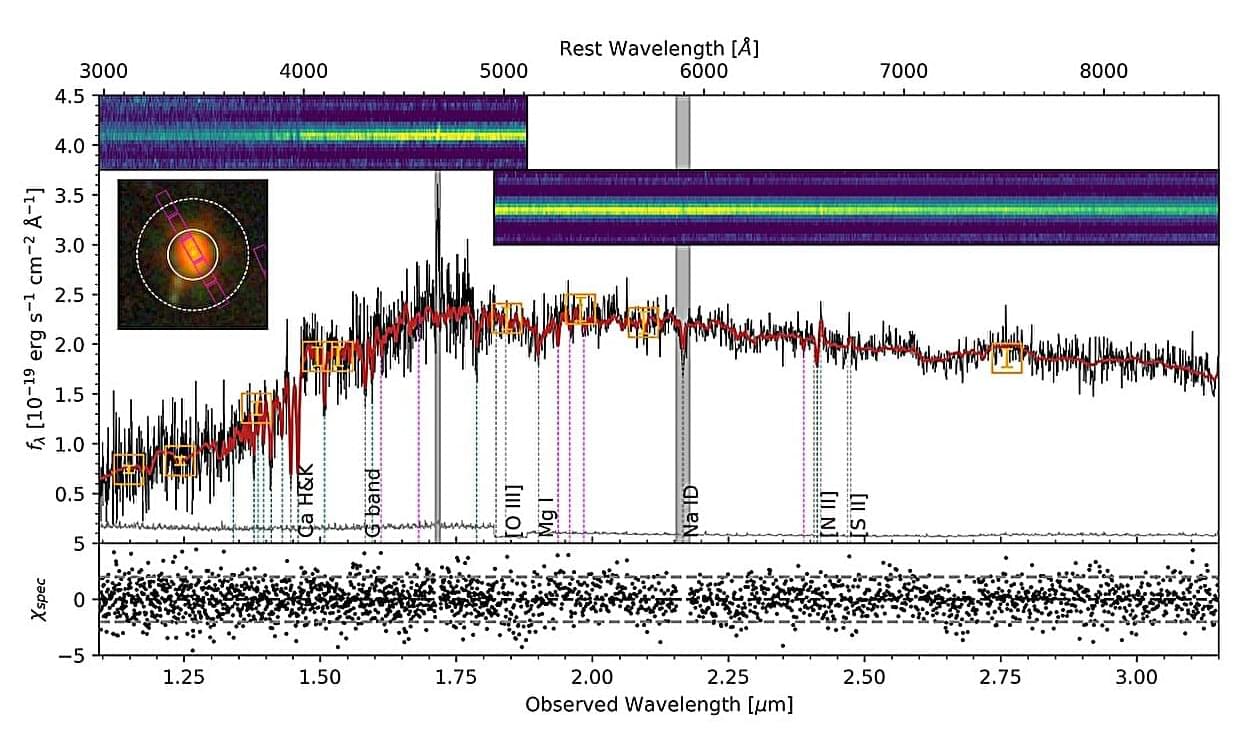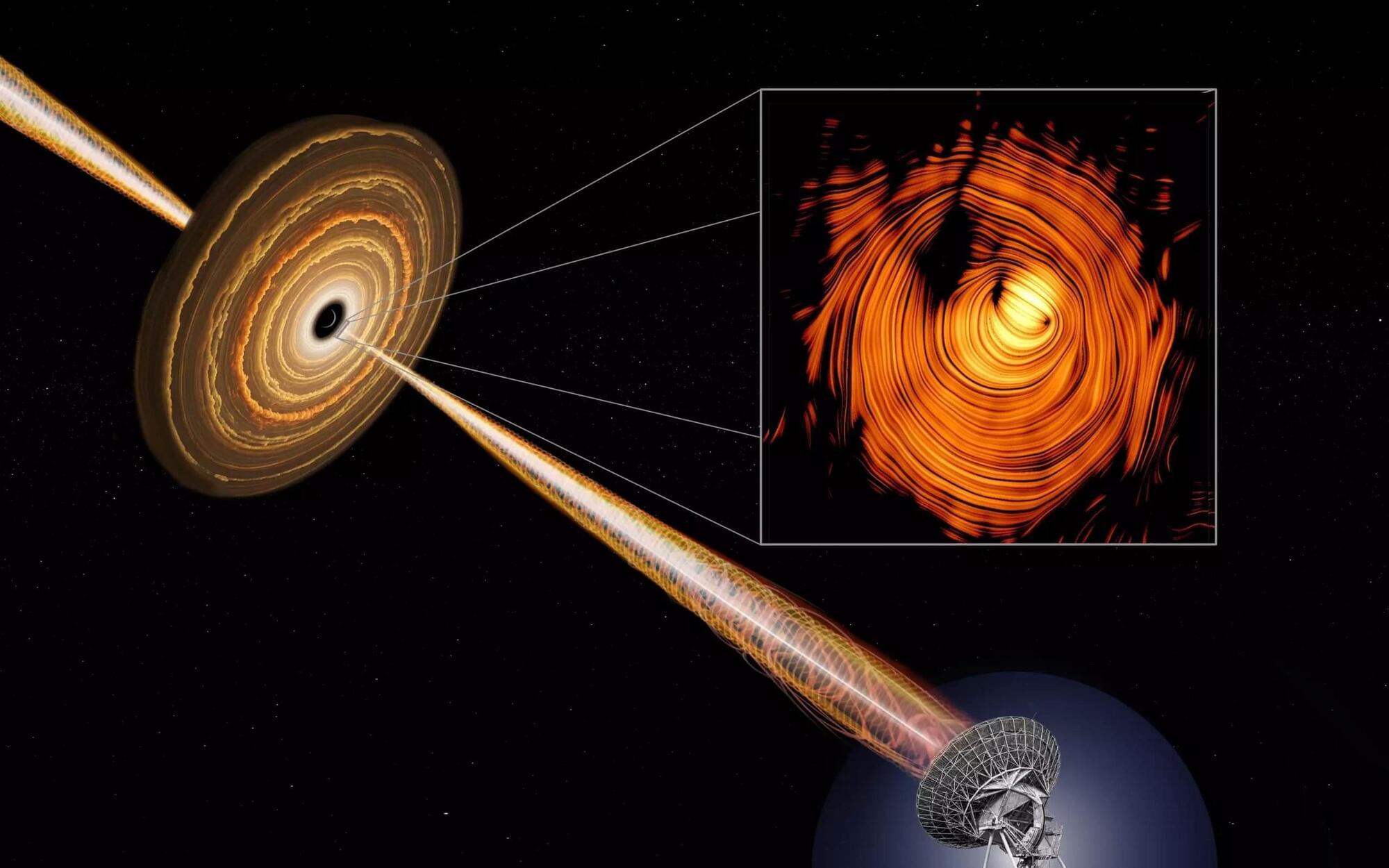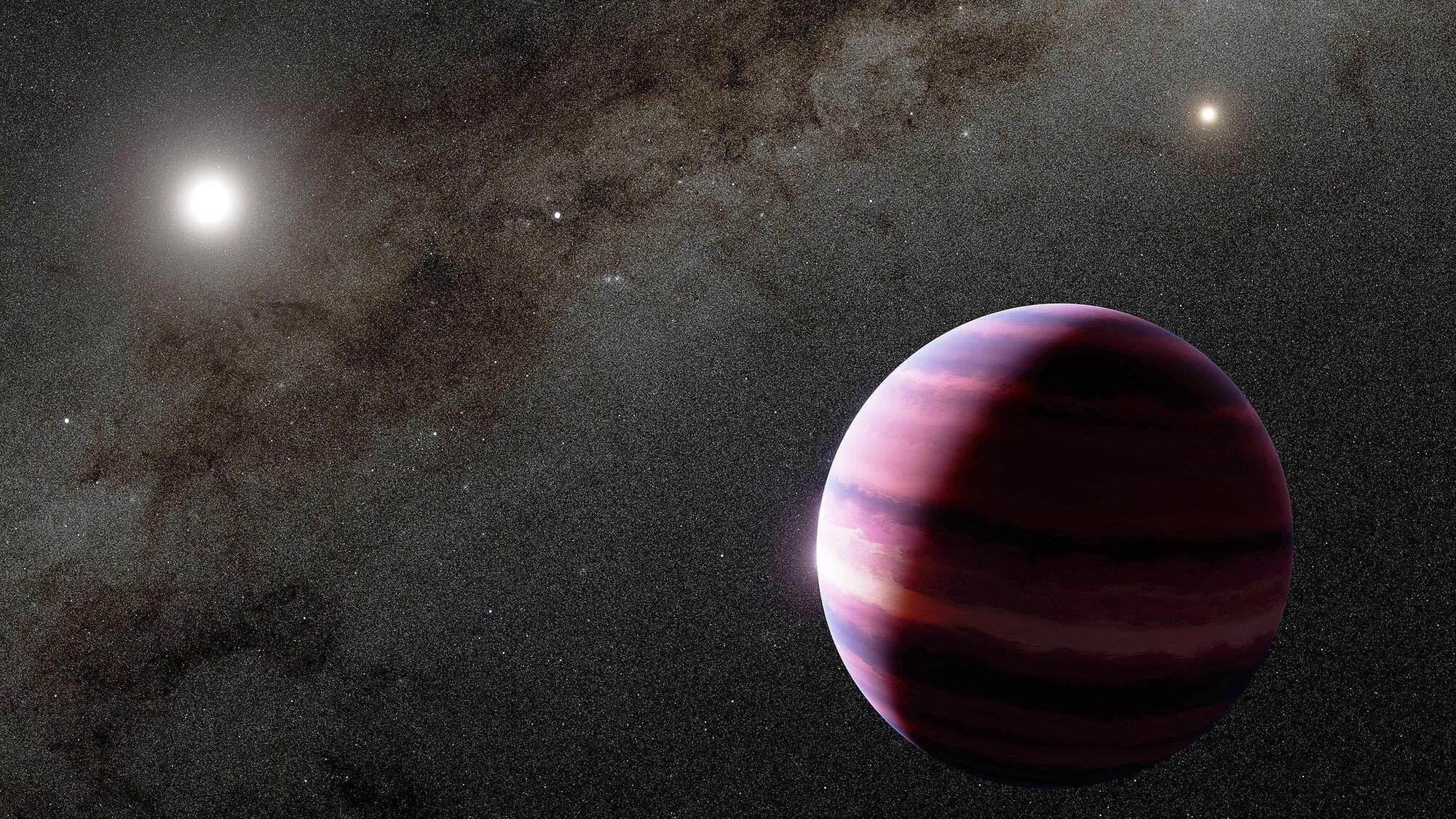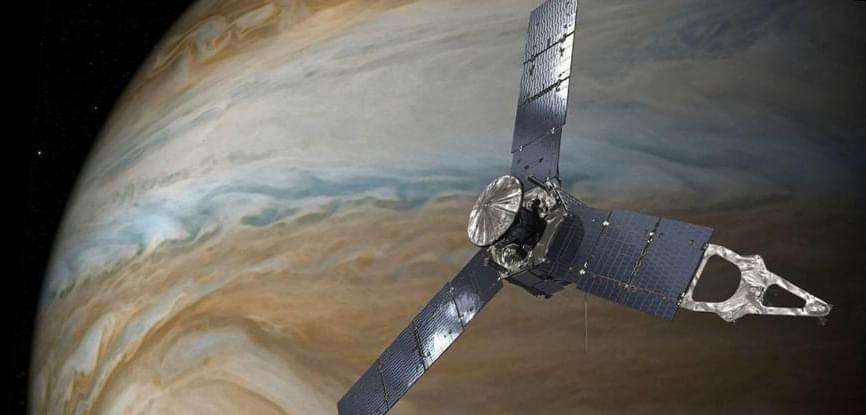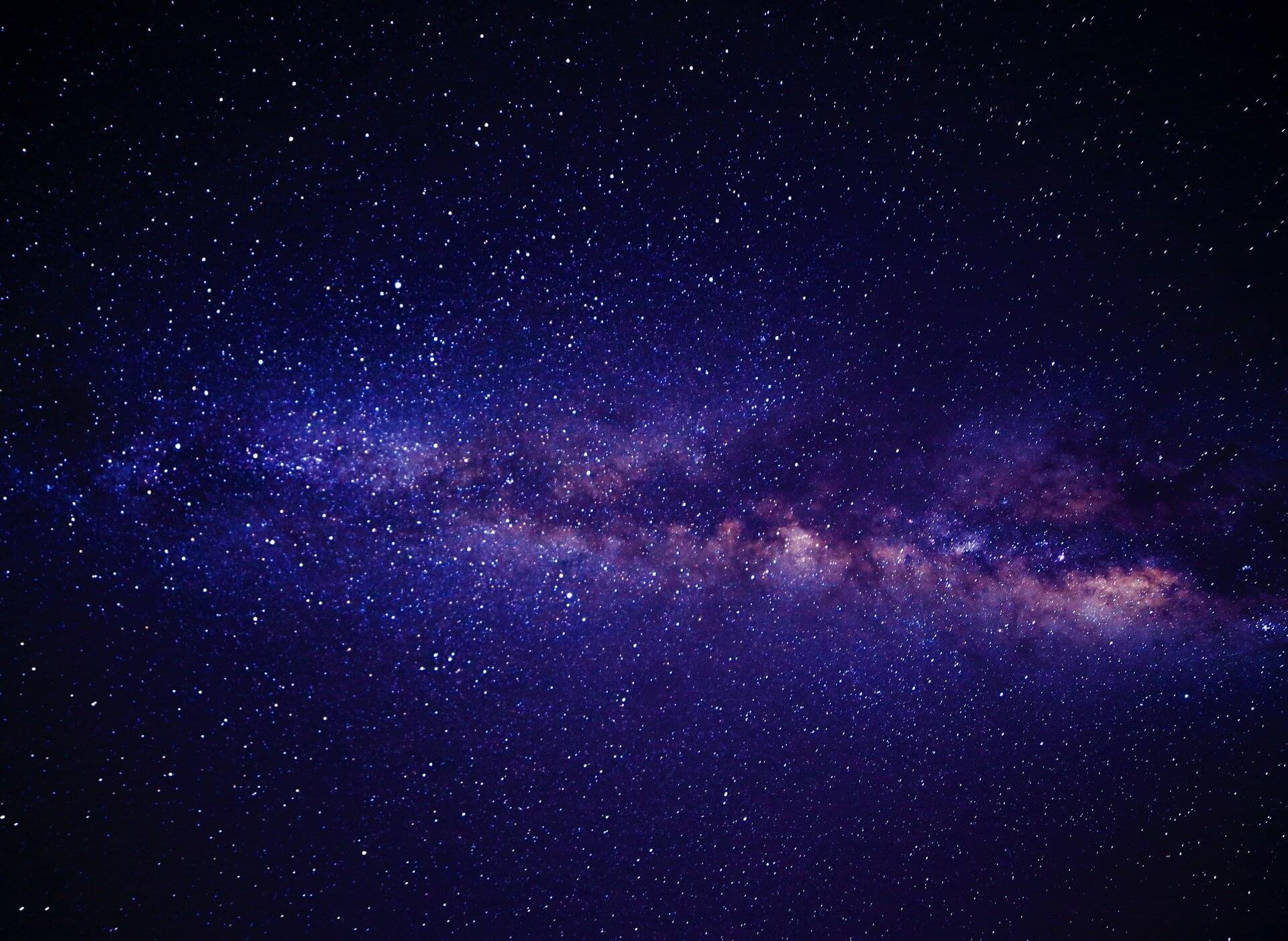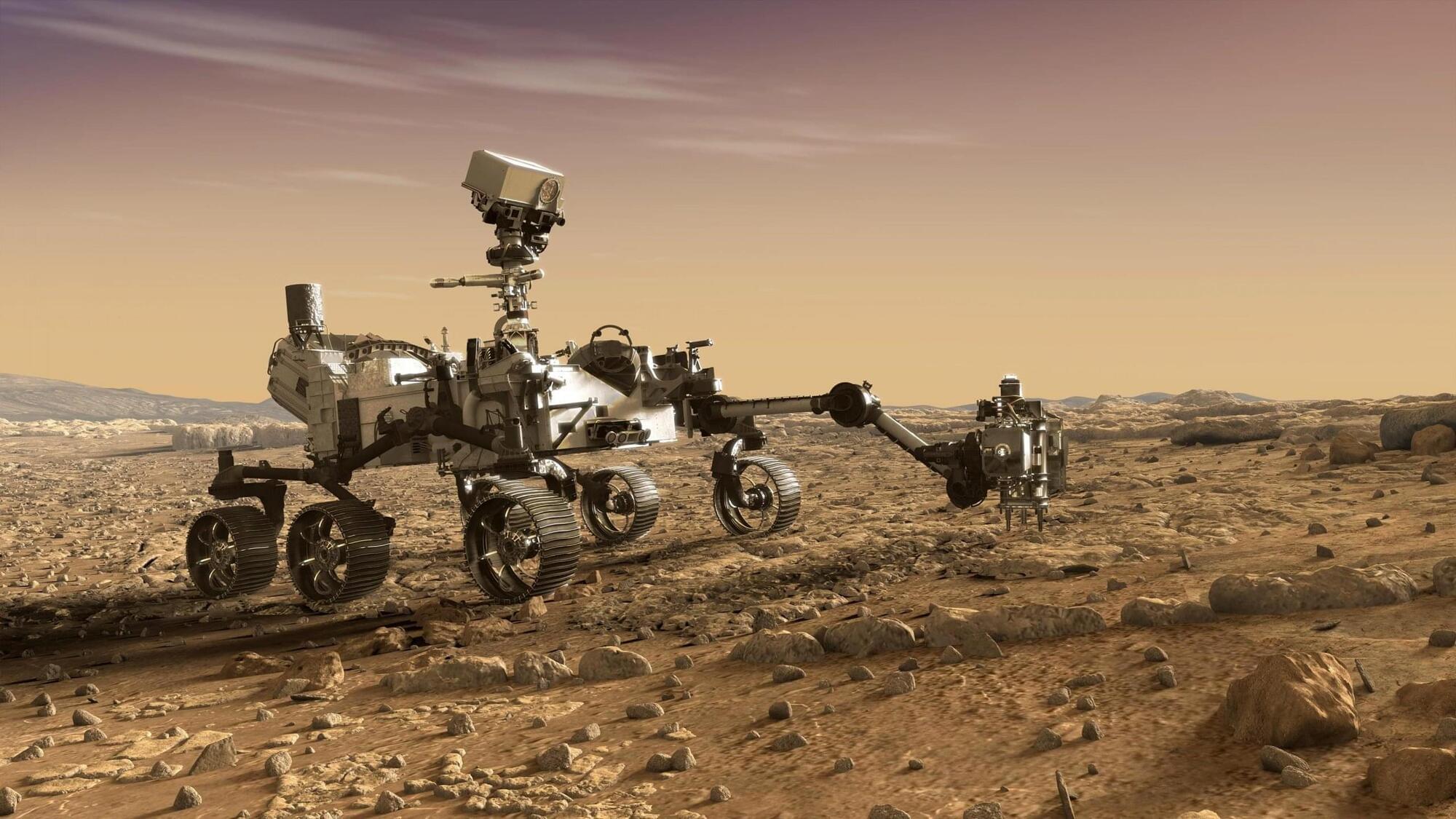By analyzing the data from the James Webb Space Telescope (JWST) and the Hubble Space Telescope (HST), astronomers from the University of Wisconsin-Madison and elsewhere have probed the properties of a massive and old galaxy designated SMILES-GS-191748. Results of the study, published August 7 on the pre-print server arXiv, shed more light on the nature of this galaxy.
SMILES-GS-191748 is a massive and quiescent galaxy at a redshift of 2.675. The galaxy most likely contains a very old stellar population that first formed when the universe was young.
Given that very little is known about the properties of SMILES-GS-191748, a team of astronomers led by University of Wisconsin-Madison’s Ian McConachie decided to inspect this galaxy using JWST and HST. They nicknamed SMILES-GS-191748 “Eridu,” after the ancient Bronze Age Sumerian city in Mesopotamia due to the galaxy’s suspected early formation time and apparent quiescent nature.
